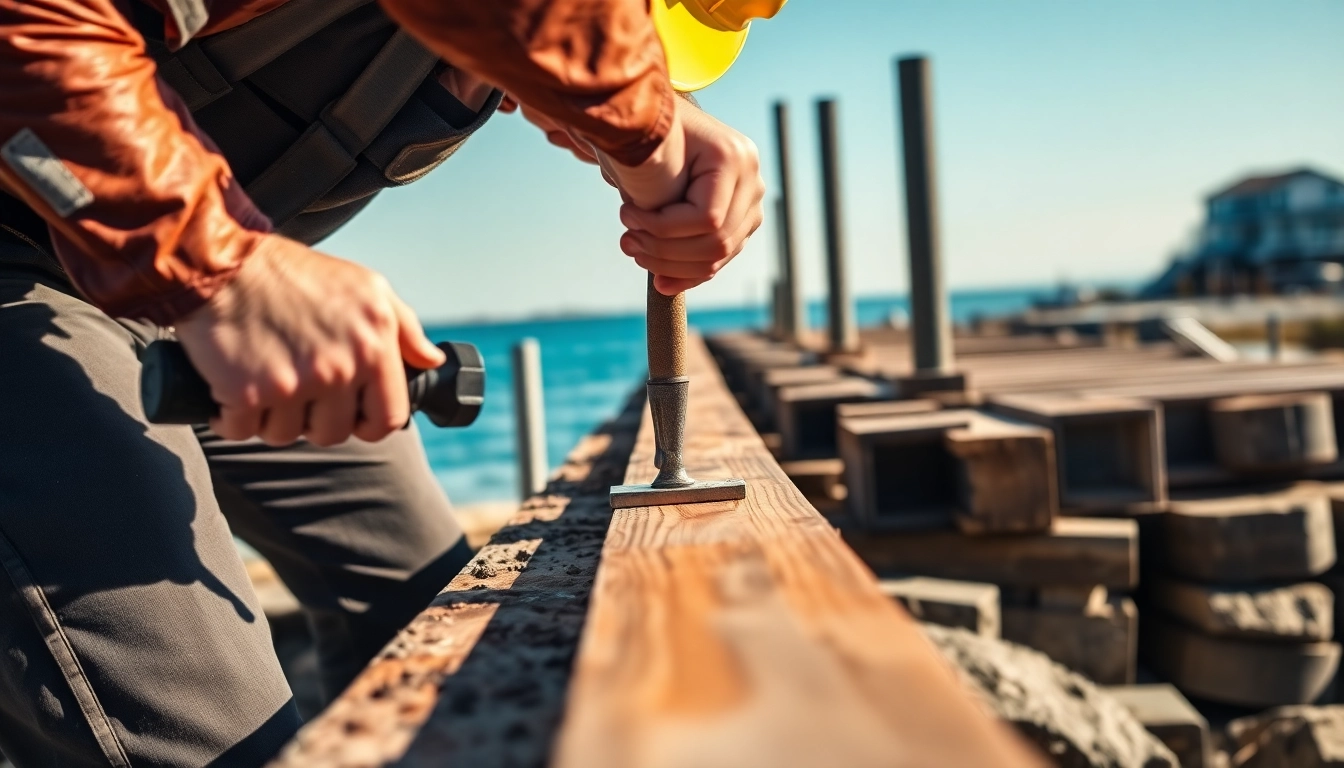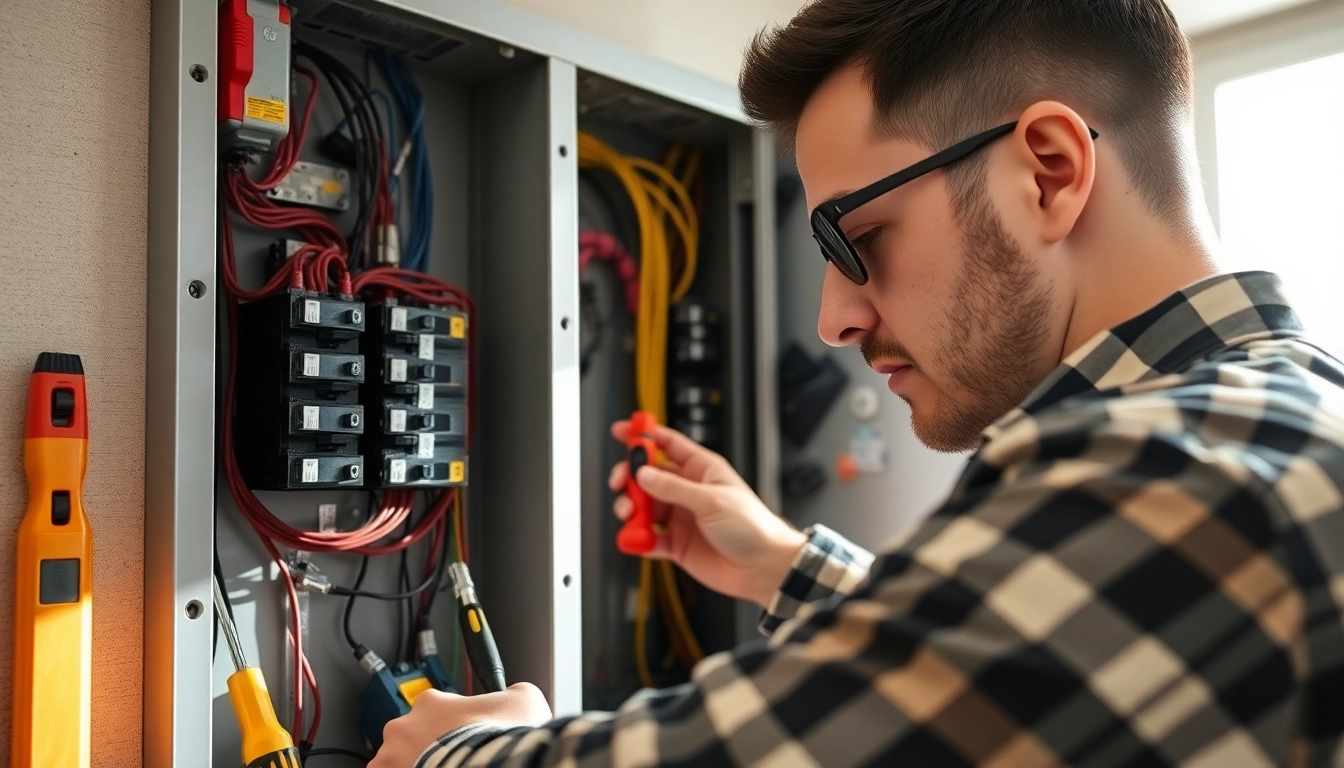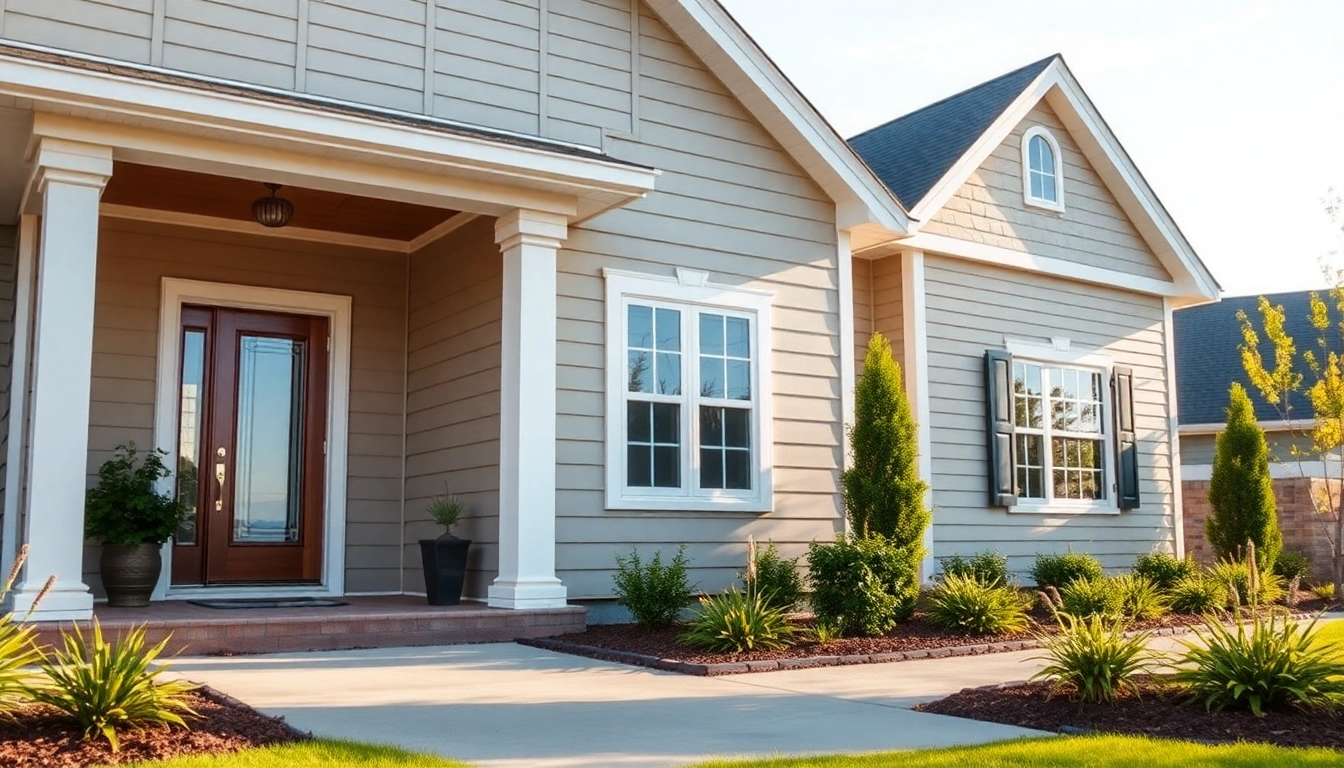Understanding Bulkhead Repair: Basics and Importance
For waterfront property owners, maintaining the integrity of your land and structures is crucial. One of the most vital components in coastal and lakeside environments is the bulkhead. Understanding bulkhead repair is essential to ensuring the safety, aesthetics, and value of your property. Let’s delve into what bulkheads are, their significance, and how to address common issues that may arise over time.
Definition and Types of Bulkheads
A bulkhead is a structure that separates land from water, specifically designed to prevent erosion and protect valuable assets against wave action, tides, and flooding. Depending on the landscape, climate, and intended use, bulkheads come in various types:
- Wooden Bulkheads: These are traditional and often aesthetically pleasing but may require frequent maintenance due to rot.
- Steel Bulkheads: Known for their longevity and strength, steel is resistant to the elements but can be susceptible to rust if not properly maintained.
- Vinyl Bulkheads: Made from high-density polyethylene, they are lightweight and resistant to corrosion but may not be as structurally sound as wood or steel options.
- Concrete Bulkheads: Ideal for heavy-duty applications, providing a robust defense against erosion but requiring significant installation and repair resources.
Role of Bulkhead in Waterfront Properties
The primary role of a bulkhead is to act as a barrier that protects soil and land from being washed away, especially in regions subject to high waves and strong currents. In addition to safeguarding the property against erosion, bulkheads also:
- Enhance the attractiveness of waterfront properties.
- Provide a safe area for recreational activities like fishing or boating.
- Improve the property’s value by ensuring structural stability.
Common Issues Requiring Bulkhead Repair
Despite their importance, bulkheads are not impervious to damage. Common issues that may necessitate bulkhead repair include:
- Erosion: Over time, waves and current can erode the soil behind the bulkhead, leading to structural instability.
- Rotting Wood: Wooden bulkheads can rot if submerged or overly exposed to moisture.
- Rusting Steel: If rust forms on steel bulkheads, it can weaken the structure.
- Crumbling Concrete: Concrete can crack and degrade over time due to exposure to water and environmental factors.
Materials Used in Bulkhead Repair
The materials employed in bulkhead construction and repair are critically important, as they impact durability, maintenance, and cost. Let’s take a closer look at some common choices:
Wood vs. Steel Bulkheads
When it comes to bulkheads, wood and steel are two of the most popular materials. Each has distinct advantages and disadvantages:
- Wooden Bulkheads: While they offer a natural look and are often less expensive initially, they usually require more frequent maintenance than steel. Regular inspections and treatments to prevent rot and insect damage can add up over time.
- Steel Bulkheads: Steel provides much greater strength and life expectancy compared to wood. However, the initial investment can be higher, and maintenance against rusting is paramount to ensure longevity.
Evaluating Composite Materials
In recent years, composite materials have gained popularity in the construction of bulkheads. These materials often combine the best attributes of wood and plastic, making them resistant to rot, decay, and marine organisms while maintaining structural integrity. Additionally, composite bulkheads can offer aesthetic flexibility and reduced maintenance costs.
Environmental Considerations for Material Selection
Choosing the right material for bulkhead repair is a decision that encompasses more than just cost and structural integrity. Environmental impact is a significant consideration:
- Durability vs. Sustainability: While some materials may be more durable, they might also have a larger environmental footprint. It is essential to consider the longevity of materials to minimize the frequency of replacement.
- Local Regulations: Many coastal and lakeside communities have regulations regarding material use that aim to protect local ecosystems. It is vital to familiarize oneself with these guidelines to avoid fines or mandated replacements.
- Invasive Species Prevention: Certain materials and construction methods can promote or hinder the invasion of non-native aquatic species. Opting for environmentally friendly and appropriate materials can help mitigate this risk.
Steps to Conducting a Bulkhead Repair
Repairing a bulkhead is a task that requires careful consideration and execution. By following a systematic approach, you can ensure lasting results that uphold the integrity of your waterfront property.
Assessment of Damage
Before any repair work can commence, it is crucial to assess the extent of the damage:
- Visual Inspection: Begin with a thorough visual examination of the bulkhead and surrounding areas. Look for obvious signs of wear such as cracked or loose boards, rust spots, or soil erosion.
- Stability Tests: In situations where you suspect deeper structural issues, it may be necessary to conduct tests to determine stability. This could involve probing the soil behind the bulkhead or testing for movement during tidal fluctuations.
- Documentation: Take photographs and note observations to compare over time or when consulting with a professional.
Selecting the Right Repair Method
The method of repair will depend heavily on the type of bulkhead and the extent of damage found during the assessment phase:
- For Minor Damage: Replacing individual boards or panels may suffice. It is essential to use the same type of material to ensure uniformity in strength and appearance.
- For Moderate Damage: If there are more significant issues such as a failure in structural supports, you may need to bolster those supports or replace entire sections.
- For Severe Damage: If the bulkhead is near failure, a complete rebuild may be necessary. Consulting with a professional is advisable for this scenario.
Executing the Repair: Tips for Success
Once a method has been chosen, the next stage is executing the repair:
- Gathering Materials: Ensure you have all necessary materials before beginning the repair process to avoid delays.
- Safety Precautions: Whether working alone or with a team, prioritize safety. Use protective gear and consider raising warning signs in nearby areas.
- Technique: Follow best practices for installation, ensuring that all components are secured correctly to facilitate longevity.
Maintaining Your Bulkhead: Best Practices
Preventative maintenance is often overlooked yet can save substantial costs in the long run. Regular upkeep can extend the lifespan of your bulkhead significantly.
Regular Inspection Techniques
Cultivating a habit of routine inspections will help you catch issues early on:
- Schedule inspections every spring and fall, after significant storms or adverse weather.
- Utilize tools like moisture meters to assess the moisture levels in wooden bulkheads.
Signs of Wear and Tear
Being vigilant for signs of distress can prevent small issues from becoming major repairs:
- Cracks or Splintering: Visible signs of cracking in wood or pits in metal indicate that repairs may be necessary.
- Movement of Soil: If soil shifts away from the bulkhead, immediate attention is required to prevent collapse.
Preventive Measures to Extend Lifespan
Implementing preventive care will enhance the durability of your bulkhead:
- Regular Cleaning: Remove debris and vegetation that can cause rot or trap moisture.
- Timely Repairs: Addressing minor issues promptly prevents them from escalating into larger, costlier problems.
Final Thoughts on Bulkhead Repair: A Long-Term Investment
Investing in bulkhead repair and maintenance is undoubtedly a long-term commitment that can yield significant returns in property safety, environmental protection, and aesthetic value.
Cost Considerations and Budgeting
Understanding the financial aspect of bulkhead repair is key:
- Initial Costs: Material choice and type of repair method can drastically affect upfront costs.
- Maintenance Budget: Setting aside a budget for ongoing maintenance can alleviate future financial strains, particularly if repairs are needed annually.
Importance of Professional Assistance
Although some repairs can be DIY, it is often wise to involve professionals when dealing with extensive damage:
- Expertise: Professionals can assess damage thoroughly, ensuring that repairs adhere to local standards and regulations.
- Long-term Solutions: Skilled contractors can suggest solutions that may not be evident to untrained eyes, potentially saving you money over time.
Community Resources for Bulkhead Maintenance
Lastly, never underestimate the value of community resources:
- Local Workshops: Your local government or community organizations may offer workshops on bulkhead maintenance and repair.
- Networking: Connecting with fellow waterfront property owners can provide insights on effective practices and local service providers.
In conclusion, bulkhead repair is not merely a reactive measure but a proactive approach to protecting your waterfront investment. With proper knowledge and the right techniques, you can ensure your bulkhead serves its purpose effectively for years to come.



